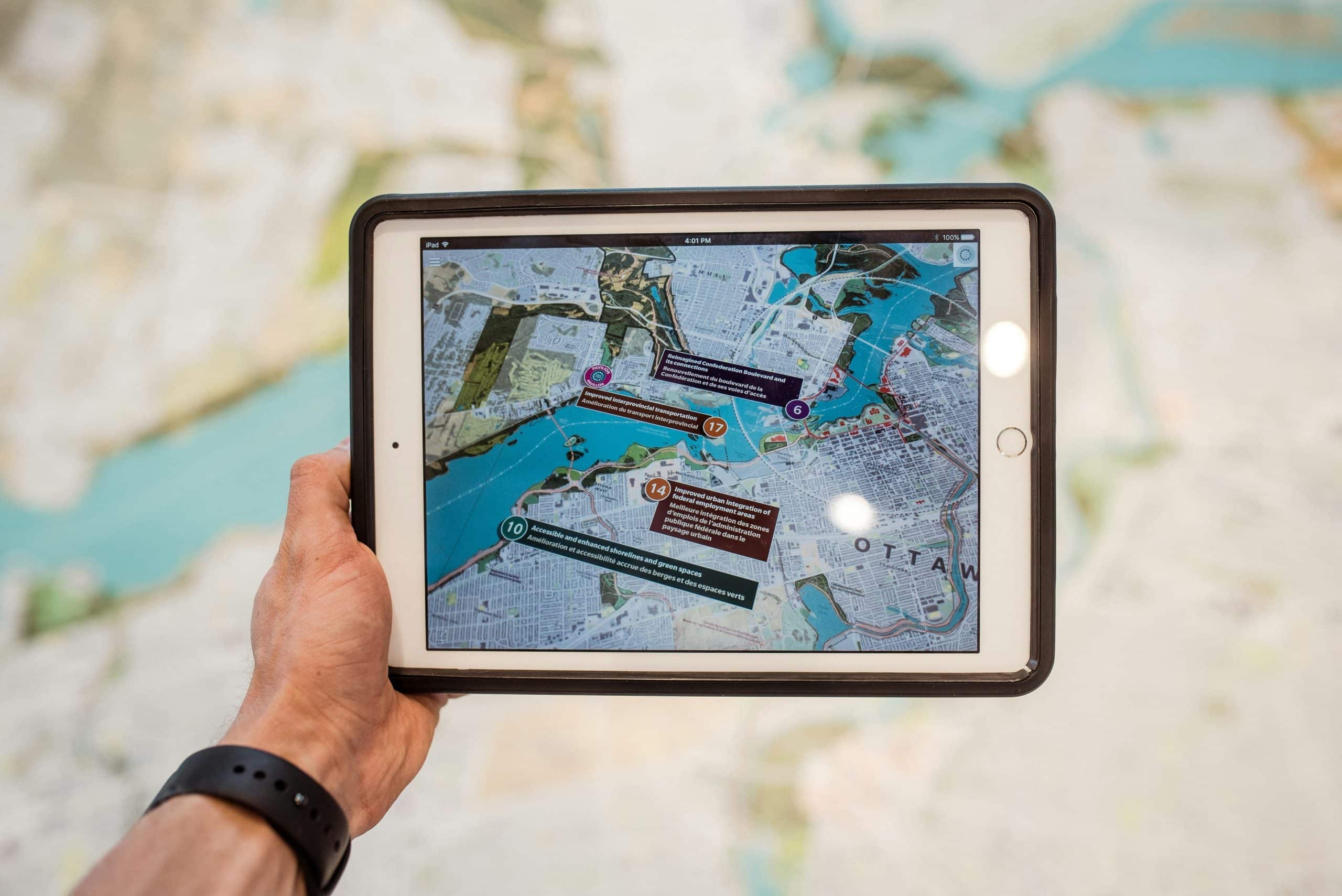How is technology aiding in wildlife tracking and research?

As you look at a herd of elephants marching across the African savannah or a pack of wolves hunting in the Canadian wilderness, you might wonder how researchers manage to track these animals and study their behavior. After all, some of these species are elusive, others live in inaccessible terrains, and several are endangered, necessitating cautious and minimal human intervention. The answer lies in the realm of technology. Cutting-edge innovations ranging from satellite systems to geolocation sensors are revolutionizing wildlife tracking and research, significantly aiding conservation efforts.
Leveraging Satellite Systems in Wildlife Monitoring
Satellite systems have emerged as a powerful tool in wildlife tracking and research. They enable researchers to keep an eye on animal movements and changes in their habitats on a real-time basis, irrespective of their geographical location.
A lire en complément : Transform your video messaging with an ai voice over generator
Satellite-based tracking involves tagging animals with GPS collars that emit signals at regular intervals. These signals are picked up by satellites, providing accurate and real-time information about the animal’s location, speed, and direction. This data can be used to understand migratory patterns, identify key habitats, and monitor changes in animal populations.
For instance, in polar regions where climate change effects are most stark, satellites have been used to track polar bears and seals. Researchers can monitor the animals’ movements in relation to the receding ice caps, providing valuable insights on how global warming is affecting these species.
Lire également : What are the best alternatives to ChatGPT ?
Harnessing Geolocation and Sensors for Animal Tracking
The usage of geolocation technology and sensor-based devices is another significant development in wildlife conservation. These devices are light and unobtrusive, designed to minimize discomfort to the animals.
Geolocation tags use light levels to determine an animal’s geographical position, making them ideal for tracking migratory birds which travel thousands of miles annually. These tags record data over time, which is then retrieved and analyzed by researchers.
On the other hand, sensor technology allows researchers to go beyond mere location tracking. Implantable sensors can monitor an animal’s heart rate, body temperature, and other physiological parameters, helping researchers understand the animal’s stress levels and overall health. For instance, these sensors are used to track the health of endangered species like rhinoceroses, offering crucial data that can guide conservation efforts.
Camera Traps: Capturing Wildlife Data
Camera trapping is another technological advance that has enormously benefited wildlife research. These devices are cameras rigged with motion sensors or infrared triggers. When an animal passes by, the camera snaps a photo or video, providing researchers with detailed data on animal behavior, species distribution, and population dynamics.
Camera traps offer a non-invasive method of studying wildlife, particularly in areas where human presence is disruptive or dangerous. They have been particularly effective in monitoring elusive or nocturnal species like tigers and snow leopards, which are difficult to track by traditional means.
This technology also has a critical role in anti-poaching efforts. In Africa, for instance, camera traps are used in protected areas to detect the presence of poachers, enabling swift response and prevention of wildlife crime.
Advanced Data Analysis: Making Sense of Animal Behavior
While tracking devices and sensors provide a wealth of data, it’s the advanced analytical tools that convert this data into valuable insights. Complex algorithms and machine learning models can sift through vast amounts of data to identify patterns and correlations, helping researchers understand animal behavior in depth.
For example, researchers can use data analysis tools to study how changes in an animal’s environment affect its movements and behaviors. By comparing this data over time, they can detect shifts in migration patterns or feeding habits, potentially signaling changes in the ecosystem that warrant further investigation.
Furthermore, predictive models can help anticipate future wildlife trends based on present data. This ability to forecast can be crucial for conservation planning and policy making.
Deploying Drones for Wildlife Research
Another recent development in wildlife research is the use of drones. These remotely piloted aircraft offer a bird’s eye view of animal habitats, enabling researchers to observe wildlife without disturbing them.
Drones are equipped with high-resolution cameras and other sensors to capture detailed aerial imagery. They can cover large areas quickly and can reach remote or difficult terrains that are inaccessible to humans. This makes drones particularly useful in monitoring large or fast-moving species like elephants or wildebeests.
Moreover, drones can play a crucial role in anti-poaching efforts by providing surveillance over protected areas. They can detect illegal activities and alert authorities, helping to protect endangered species from poaching threats.
The advent of technology has opened up new horizons in wildlife tracking and research. Whether it’s through satellite systems or camera traps, geolocation sensors or advanced data analysis, these innovations are transforming the way we study and protect our planet’s wildlife. However, as we continue to delve deeper into the world of wildlife, it’s essential to ensure that these technologies are employed responsibly, with the welfare of the animals always being the priority.
Artificial Intelligence: Revolutionizing Wildlife Conservation Strategies
Artificial Intelligence (AI) has emerged as a game-changer in wildlife conservation. This sophisticated technology can process vast amounts of data at lightning speed, allowing wildlife researchers to gain deeper insights into animal behavior and ecology.
AI can be used in conjunction with other technologies like camera traps, geolocation sensors, and satellite systems to analyze real-time data in ways that were previously impossible. By applying machine learning algorithms to the collected data, researchers can identify patterns and predict future outcomes.
One notable use of AI in wildlife tracking and conservation is in the identification of individual animals. For instance, researchers can train AI systems to recognize individual animals based on their patterns, markings, or other unique characteristics captured in camera trap images. This is particularly useful for endangered species, where understanding individual animal movements and behaviors can guide effective conservation strategies.
Furthermore, AI tools can also analyze satellite imagery to detect changes in wildlife habitats due to climate change or human activity. Advanced algorithms can track changes in vegetation, water bodies, and other landscape features, providing valuable data about the impacts of environmental changes on wildlife populations.
Additionally, AI can help automate the process of species identification in camera trap images. This not only helps in data collection but also in understanding species distribution, migration patterns, and population dynamics.
The use of AI in wildlife conservation holds immense potential. However, it also calls for ethical considerations and responsible use, ensuring that the technology serves its intended purpose of aiding in wildlife conservation without causing harm or undue stress to the animals.
Conclusion: The Future of Wildlife Tracking and Research
Technology is revolutionizing wildlife tracking and research, enabling unprecedented insight into animal behavior and ecology. From satellite systems and sensor technology to artificial intelligence and drones, these innovations are empowering wildlife conservation efforts in ways never before possible.
Real-time monitoring of animal movements, heart rate, body temperature, and other physiological parameters is no longer a far-fetched concept. The tracking of migratory patterns, identification of key habitats, and monitoring of changes in animal populations have been significantly boosted thanks to geolocation sensors and satellite systems. Camera traps have proven invaluable in data collection, especially for elusive and nocturnal species. Furthermore, the use of drones has made wildlife monitoring more efficient, covering large areas quickly and reaching inaccessible terrains.
Artificial Intelligence is also playing a crucial role, processing massive amounts of real-time data and delivering actionable insights. This is helping researchers understand complex animal behaviors, predict future trends, and formulate effective conservation strategies.
As we move forward, it’s essential to remember that while technology offers tremendous benefits, it must be used responsibly. The welfare of the animals and their habitats should always be the top priority. Conservation is not just about data collection and tracking; it’s about ensuring the survival and wellbeing of our planet’s diverse wildlife.
The future of wildlife tracking and research is promising, with technology playing a pivotal role. We can hope to see more innovations and advancements in this field, all aimed at better understanding, preserving, and protecting the world’s wildlife. As we continue to advance technologically, may we also progress in our commitment to wildlife conservation.
